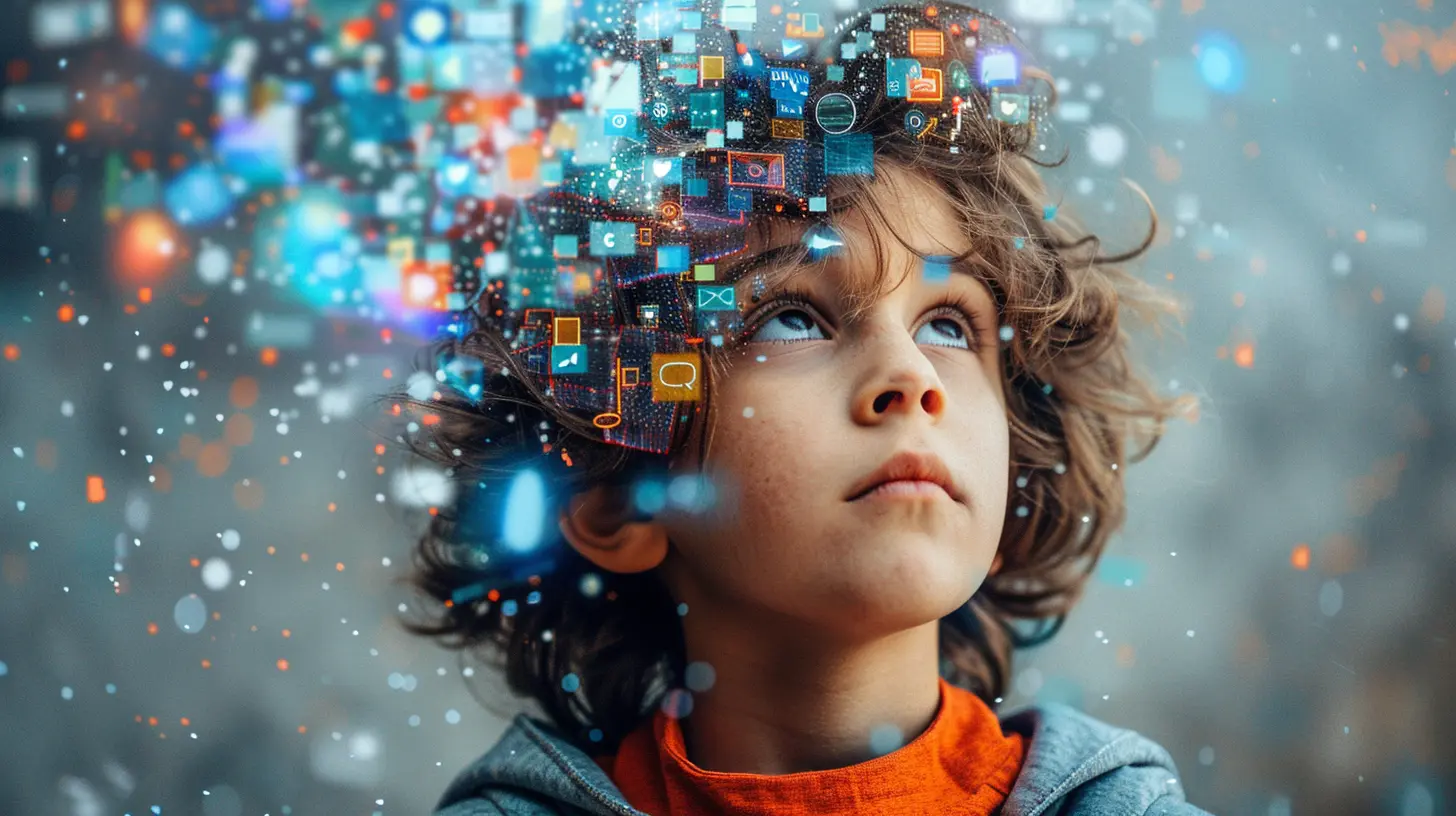Media Literacy for Parents: Helping Kids Navigate the Digital World
5 October 2025
The internet is an exciting, limitless space where kids can learn, connect, and explore. But with great power comes great responsibility, right? That’s why media literacy is crucial for parents today. It's not just about keeping kids safe online; it’s about teaching them to think critically, spot misinformation, and use digital media wisely.
If you've ever felt overwhelmed by your child's screen time or worried about what they're consuming online, you're not alone. In this guide, we’ll break down everything you need to know about media literacy and how you can help your kids navigate the digital world safely and smartly.

What is Media Literacy?
In simple terms, media literacy is the ability to access, analyze, evaluate, and create media in a variety of forms. It empowers kids (and adults) to think critically about the information they consume online, on TV, and even in video games.With so much information floating around, it's easy for kids to believe everything they see or read. Media literacy teaches them to question sources, understand biases, and make informed decisions.

Why is Media Literacy Important for Kids?
In a world where fake news spreads like wildfire, teaching kids how to differentiate fact from fiction is more important than ever. Here’s why media literacy should be a top priority for parents:- Prevents Misinformation – Kids need to know how to verify sources and question what they see online.
- Encourages Critical Thinking – Instead of blindly believing content, they learn to analyze it.
- Promotes Online Safety – Media literacy helps kids recognize scams, cyberbullying, and privacy risks.
- Develops Responsible Digital Citizens – Teaching kids how to use media responsibly prepares them for adulthood.
Sounds like a no-brainer, right? Let’s dive into how you can instill these essential skills in your child.

How to Teach Media Literacy at Home
1. Start Conversations Early and Often
One of the best ways to teach media literacy is to talk about it—A LOT! Ask your kids questions about what they’re watching, reading, or playing. Simple questions like:- "Who made this video, and why do you think they created it?"
- "Do you think this news article is true? How can we check?"
- "What do you think about the ads you see online?"
Encouraging curiosity will make them more mindful about the content they consume.
2. Teach Them to Question Everything
Media isn't always what it seems. Teach kids to ask questions like:- Who created this content?
- What’s the purpose—Is it to inform, entertain, or sell something?
- Is the source reliable?
- Are there any biases or opinions influencing the message?
By making this a habit, they’ll naturally start analyzing media instead of passively absorbing it.
3. Show Them How to Fact-Check
It’s easy to fall for a misleading headline, but verifying information is a skill that will serve kids for life. Teach them how to fact-check using reliable sources like:- Google Scholar – For academic and research-based articles.
- Snopes & FactCheck.org – To debunk myths and fake news.
- Official News Outlets – Teach them the importance of credible journalism.
A fun way to practice? Look up viral news stories together and see if they hold up under scrutiny.
4. Explain How Algorithms Work
Ever noticed how YouTube keeps recommending similar videos, or how social media shows you posts you’re interested in? That’s the power of algorithms.Kids need to understand that their online experiences aren’t random—algorithms push content based on their behavior. Explain how this can create "filter bubbles," where they only see content that aligns with their views, limiting perspective.
A good exercise? Show them how ads change after searching for something online. It’s eye-opening!
5. Teach Them About Online Privacy
Kids often don’t realize how much personal information they're sharing online. From posting selfies to playing interactive games, they might be revealing more than they should.Go over these key privacy rules:
- Never share personal details (full name, school, address, phone number) online.
- Use strong passwords and enable two-factor authentication.
- Understand privacy settings on social media.
- Think before posting—once something is online, it’s hard to erase.
6. Help Them Recognize Online Manipulation
Many online influencers, advertisers, and platforms want to shape kids' opinions and habits. Whether it's a sneaky product placement in their favorite YouTuber’s video or sensationalized headlines designed for clicks, media is constantly influencing them.Help them recognize these tactics so they make conscious choices instead of being passive consumers.
7. Set Healthy Screen Time Habits
Too much screen time can lead to information overload and even anxiety. Balance is key!- Set screen time limits—especially for social media.
- Encourage tech-free zones (like no phones at dinner).
- Promote offline activities—reading, outdoor play, and hobbies.
Having a healthy relationship with media will make kids more mindful consumers.
8. Lead by Example
Let’s be honest—kids mirror what they see. If you’re glued to your phone 24/7, they’ll think that’s normal. Show them responsible media consumption by:- Fact-checking news before sharing it.
- Avoiding doomscrolling.
- Setting personal screen time boundaries.
Being a role model is one of the most powerful ways to teach media literacy.

The Role of Schools in Teaching Media Literacy
While parents play a crucial role, schools also have a responsibility to incorporate media literacy into education. Some schools already teach digital citizenship, but there’s still room for improvement.Parents can support media literacy in schools by:
- Advocating for media literacy programs.
- Encouraging teachers to use real-world examples.
- Participating in school workshops on digital safety.
Partnering with educators ensures kids get a well-rounded approach to media literacy.
Final Thoughts
Media is everywhere, and it’s not going anywhere. Instead of fearing it, we need to equip our kids with the tools to navigate it wisely. By encouraging critical thinking, setting boundaries, and fostering open discussions, we can raise smart, responsible digital citizens.Remember—media literacy isn’t about banning content or restricting access. It’s about empowerment. And in today's digital world, that’s one of the best gifts we can give our kids.
all images in this post were generated using AI tools
Category:
Media LiteracyAuthor:

Madeleine Newton
Discussion
rate this article
1 comments
Dana McDaniel
Parents, don your digital capes! 🦸♂️💻 In the wild jungle of online content, you’re the ultimate guides. Let's transform our kiddos into savvy explorers, dodging misinformation like ninjas and discovering knowledge like treasure hunters! Adventure awaits in the digital realm!
October 6, 2025 at 3:00 AM

Madeleine Newton
Absolutely! Parents play a crucial role in guiding kids through the digital landscape, equipping them with the skills to discern fact from fiction. Together, we can foster informed and savvy digital citizens!


